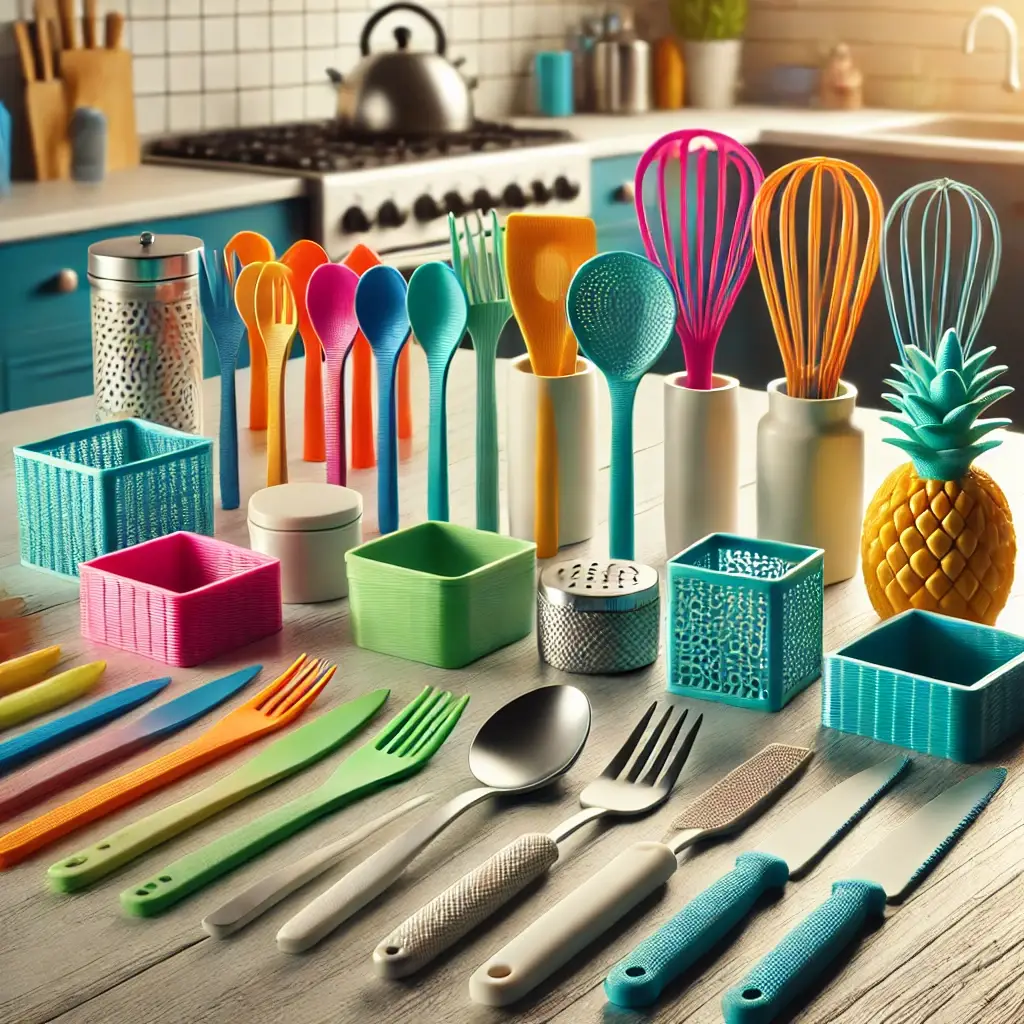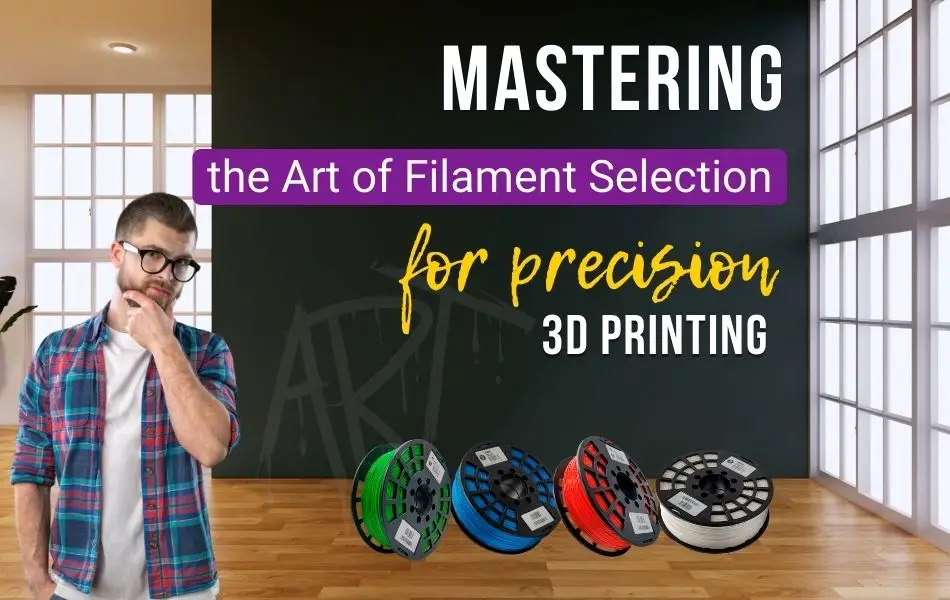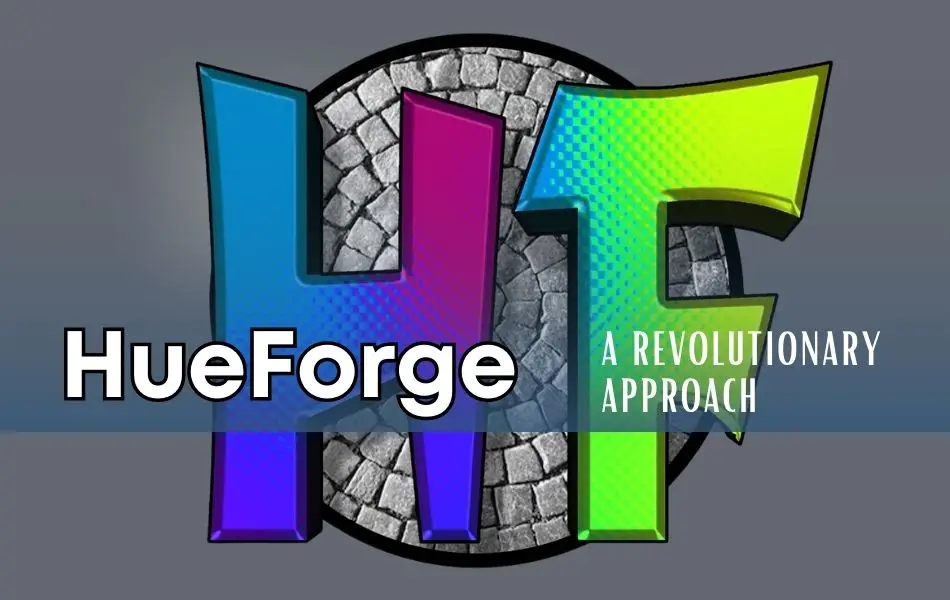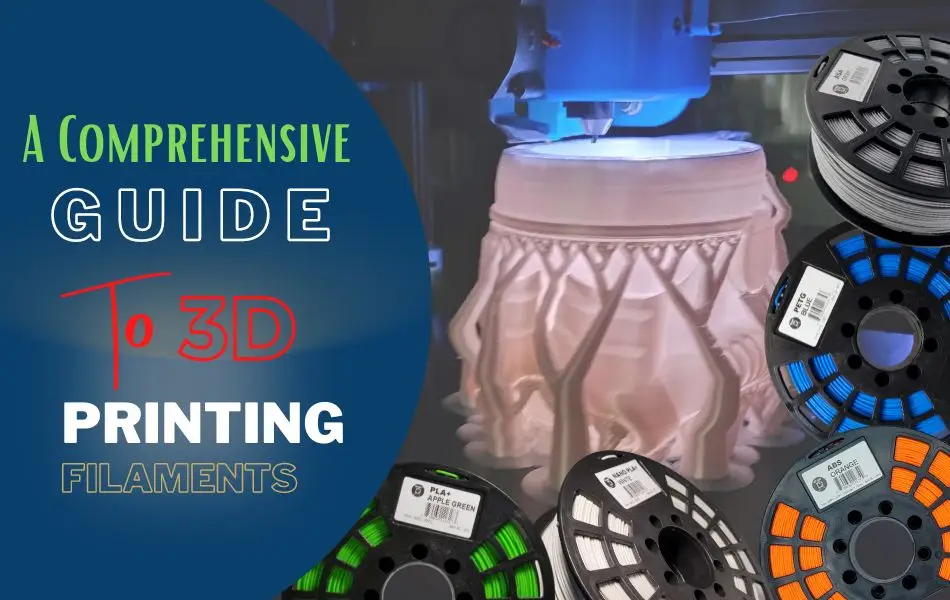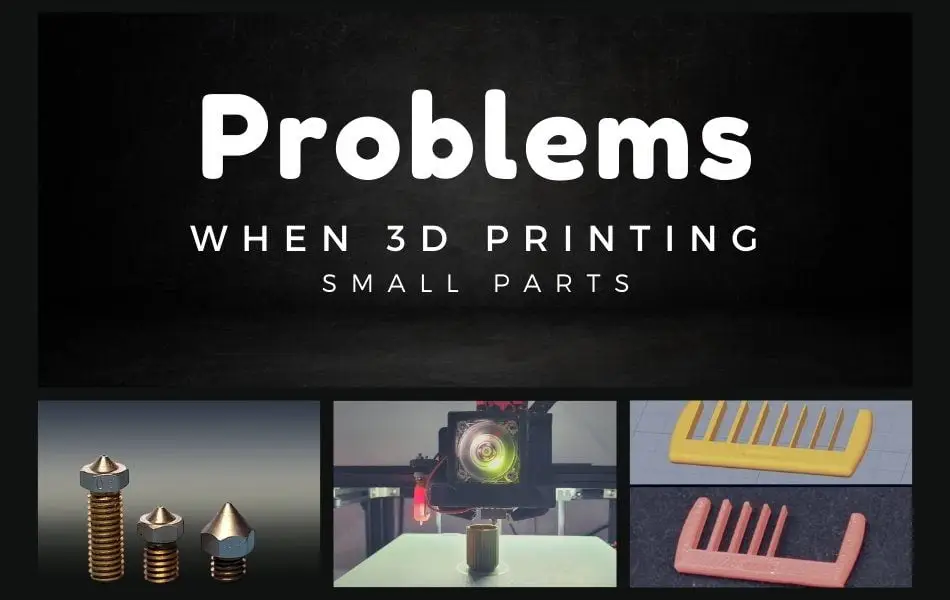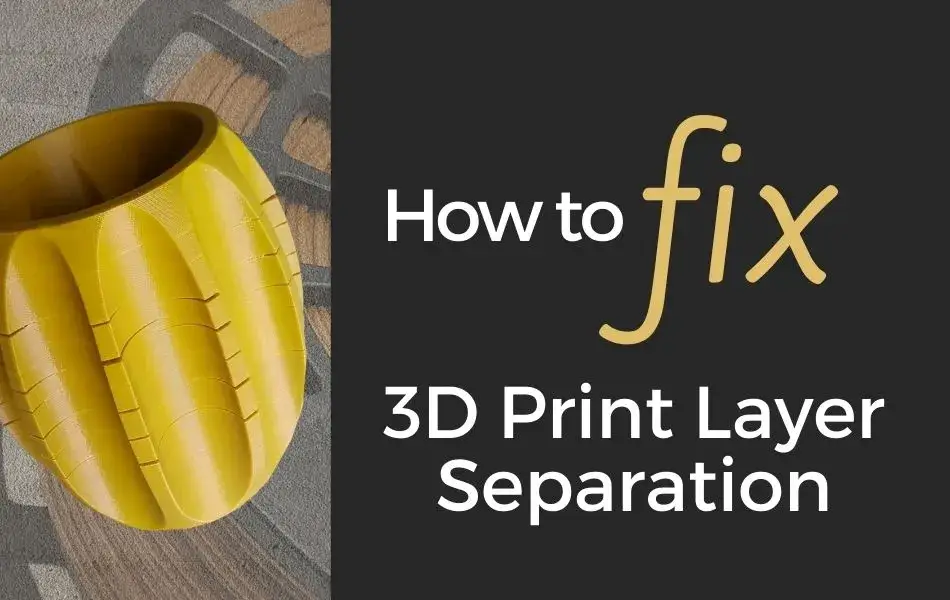Food-Safe 3D Printer Filament has become essential for anyone looking to create 3D-printed items that will come into contact with food. As 3D printing advances, more people are asking whether they can safely use their 3D printers to create food-related items. The answer is yes, but it requires careful selection of the right filament and […]
